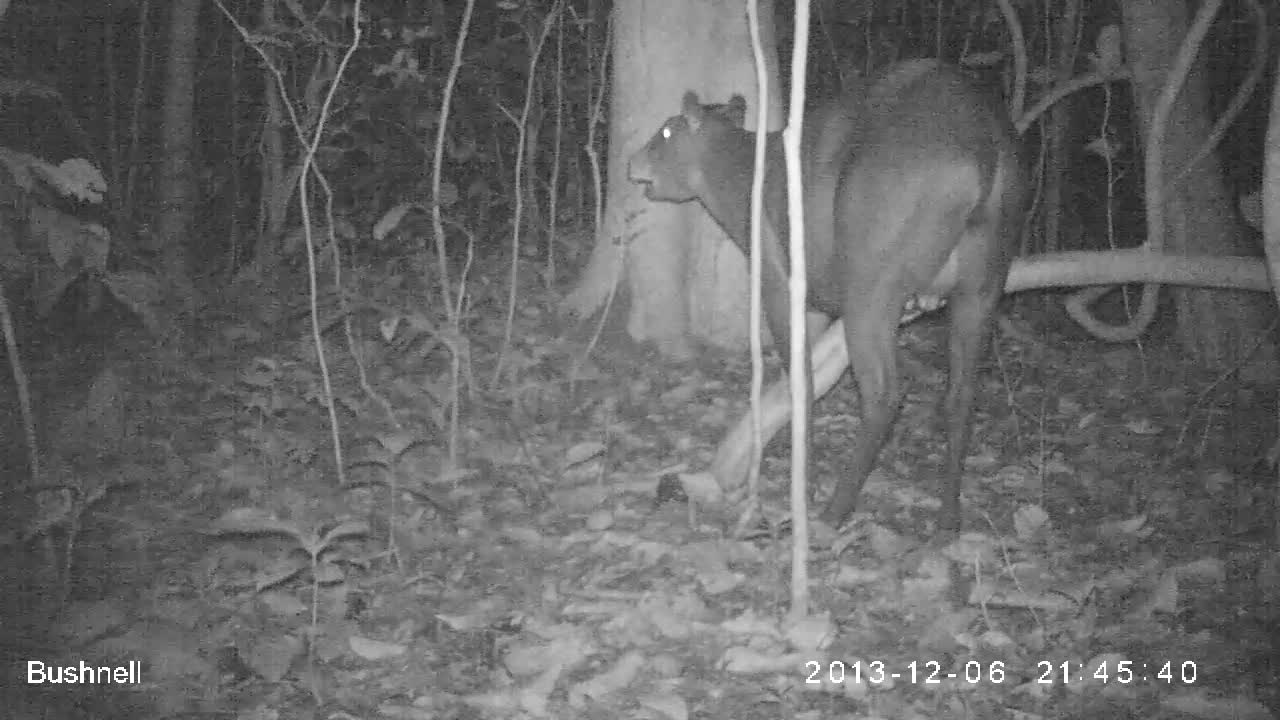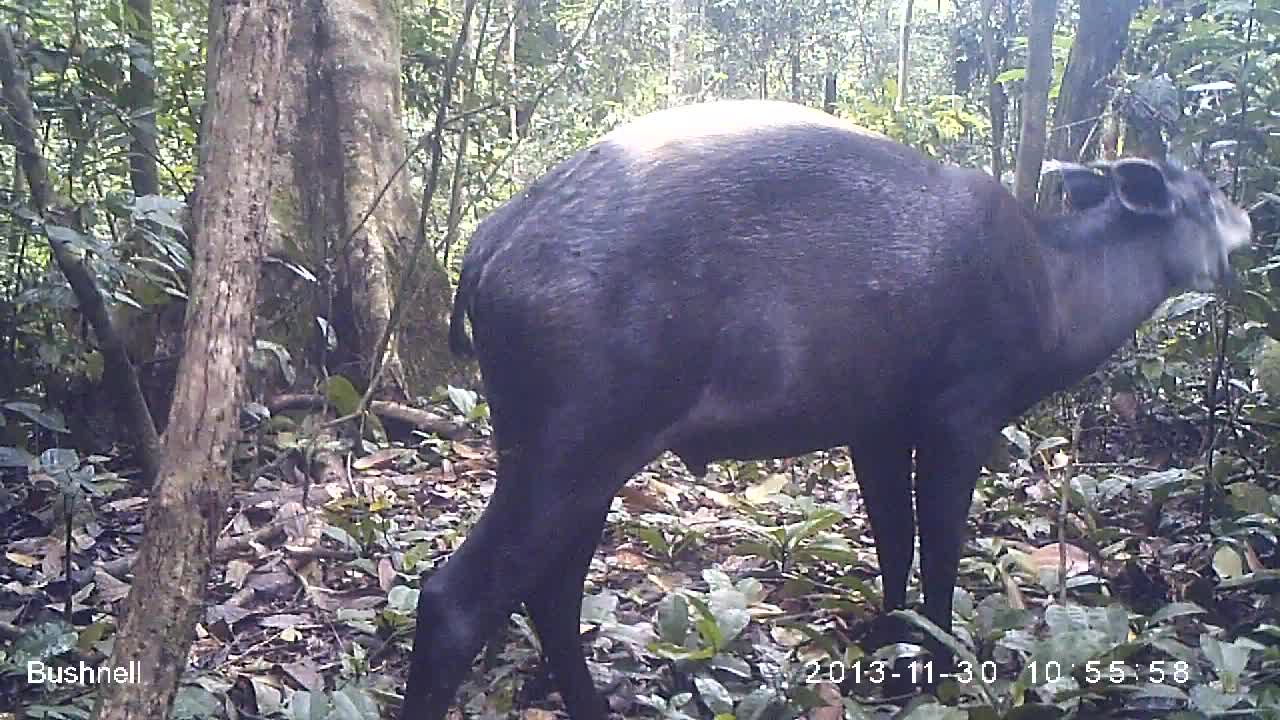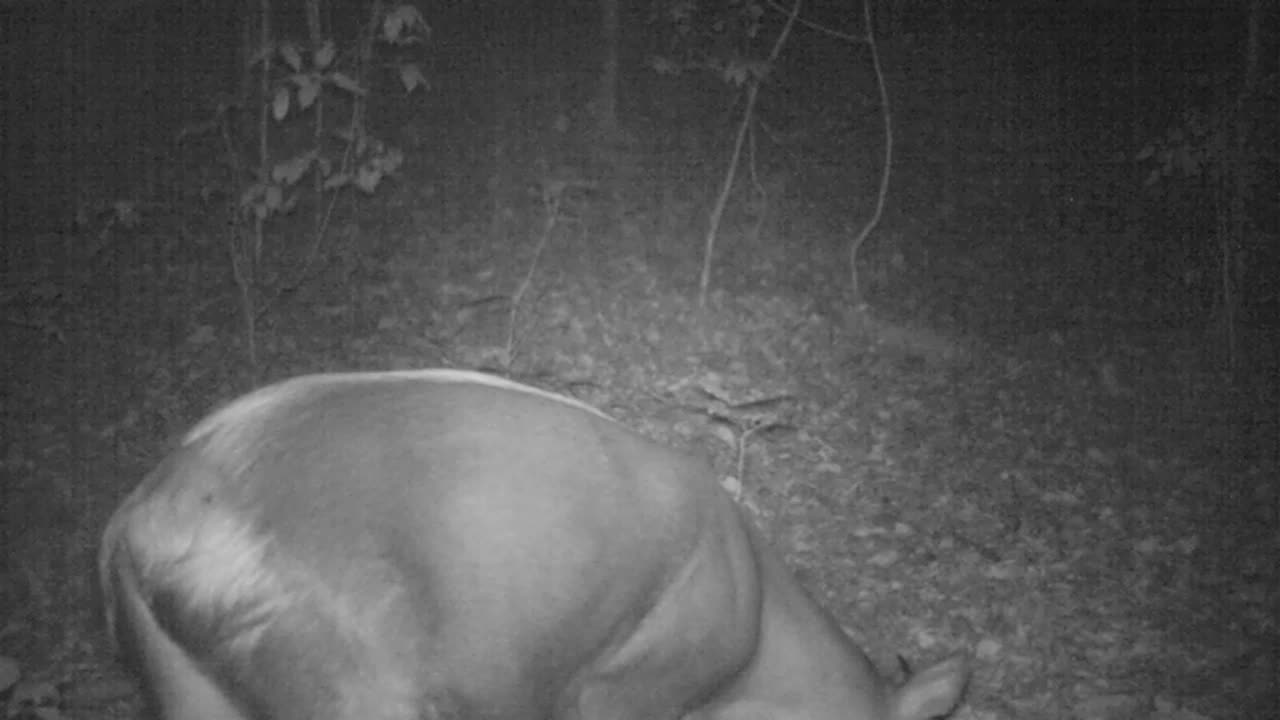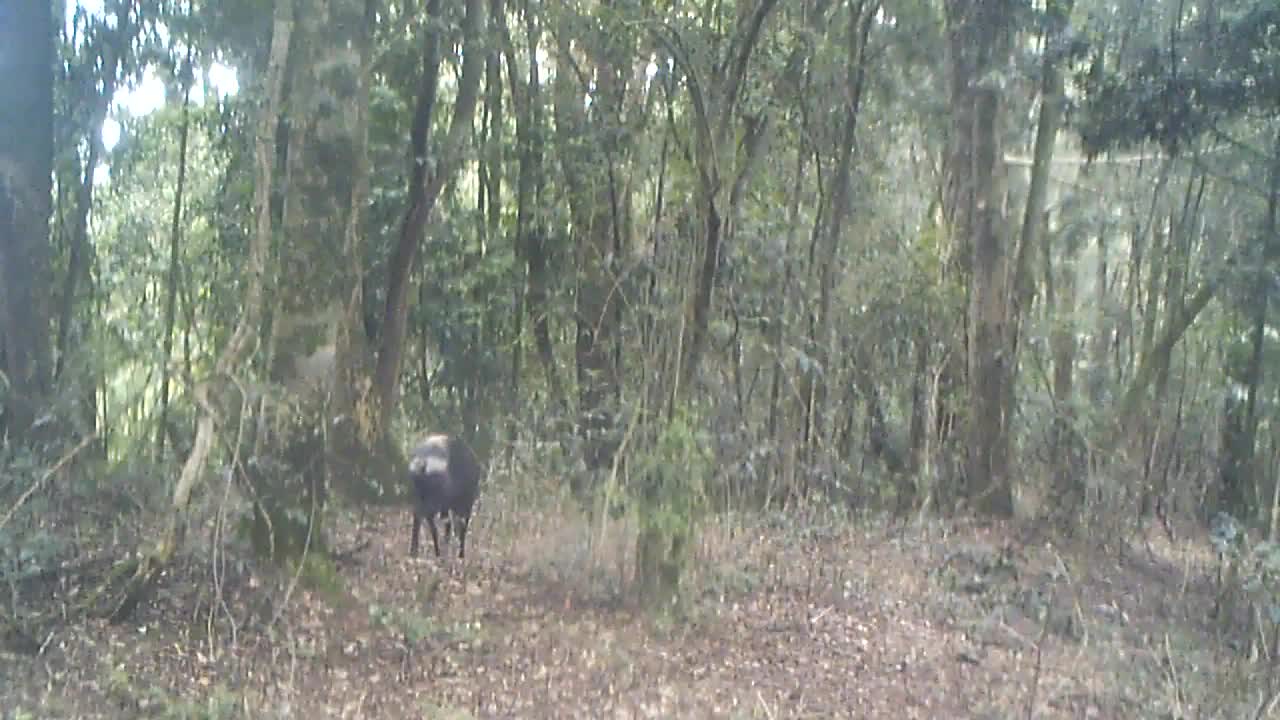Happy Halloween Chimp&Seers!!
We hope you enjoyed this year's Halloween posts! Our final videos come full circle from where we started on Halloween Countdown Day 1! Based mostly on videos from the #camtouch tag group in the animal selfies project, we made a little clip collection we call "Chimp&See - Boo!".
When you watch Chimp&See videos please help us with the video annotation by tagging appropriate videos with #camera_reaction #selfie and #camtouch as well as the species and site names (more details on how to participate HERE).
Have a very Happy Halloween everybody and when you're gorging on candy in the days to come, spend some of the sugary energy over at ChimpandSee.org!
--
(original videos: ACP000emll, ACP000byws, ACP000bmg7, ACP000b6jg, ACP0007e75, ACP00083vi, ACP000c8hu, ACP000cc99, ACP000c8k2, ACP000bnby, ACP000emlm,ACP0002o89, ACP000c3dn, ACP000efpa, ACP000cdev, ACP000c8h8, ACP000esem, ACP000cdjy)
When you watch Chimp&See videos please help us with the video annotation by tagging appropriate videos with #camera_reaction #selfie and #camtouch as well as the species and site names (more details on how to participate HERE).
Have a very Happy Halloween everybody and when you're gorging on candy in the days to come, spend some of the sugary energy over at ChimpandSee.org!
--
(original videos: ACP000emll, ACP000byws, ACP000bmg7, ACP000b6jg, ACP0007e75, ACP00083vi, ACP000c8hu, ACP000cc99, ACP000c8k2, ACP000bnby, ACP000emlm,ACP0002o89, ACP000c3dn, ACP000efpa, ACP000cdev, ACP000c8h8, ACP000esem, ACP000cdjy)













